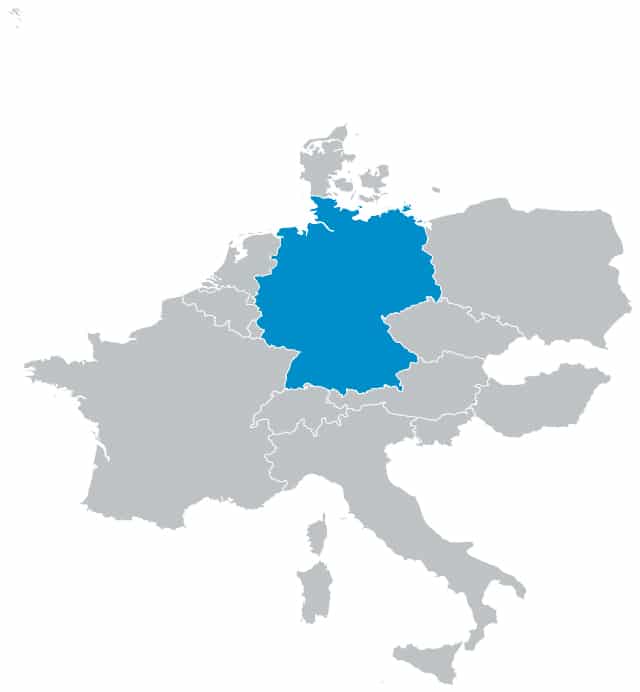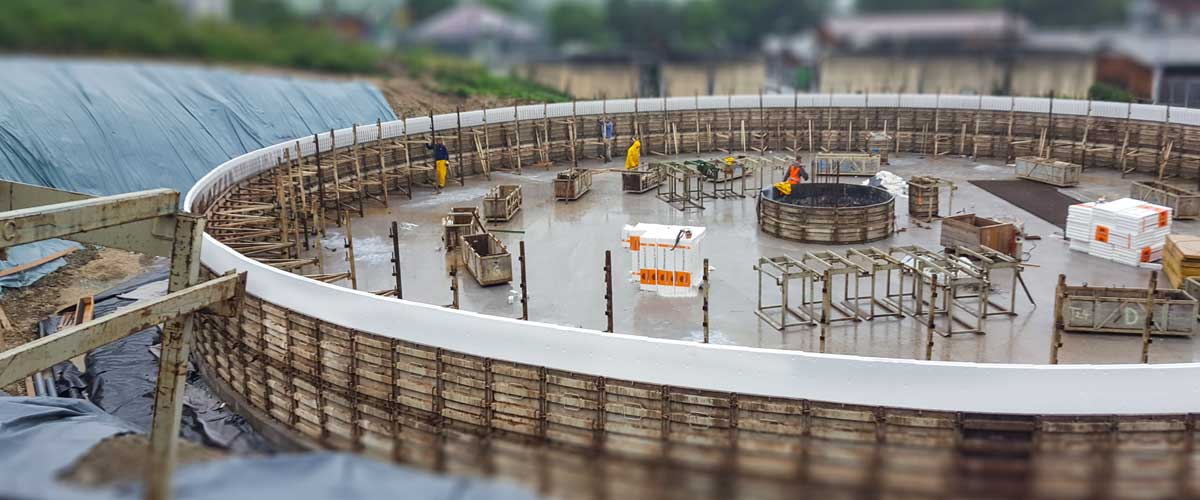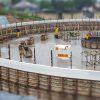A start has been made on steps to improve the Biogas Research Facility at the University of Hohenheim
The OEKOBIT GmbH company has started on a forward-looking expansion of the Biogas Research Facility at the University of Hohenheim. The planned measures are intended to optimize liquid manure handling at their Lindenhöfe location in Eningen unter Achalm.
The university’s research facility was built in 2008/2009. The biogas specialists of the OEKOBIT GmbH company located in Föhren received the award to optimize the liquid manure facility as part of a limited tender offer. The contracting authority is the state of Baden-Württemberg. In October 2017, the work is supposed to be completed and the expansion placed into operation.
OEKOBIT’s sales manager Florian Pelzer is pleased about the successful pitch:
“This project offers us the opportunity to demonstrate anew our competence in the area of facilities optimization.””
At the heart of the measures with which OEKOBIT was entrusted stands the installation of a new larger concrete container as a gas-tight holder for ferment residue (GPL) as well as the necessary technical equipment. The biogas professionals from Föhren were also responsible for constructing the entire pipeline network, its connection to the existing plant as well as the alteration of the liquid manure distribution and the separation area.
The new GPL was constructed during operation of the biogas facility and will be tied into the existing structure.
Friendlier to the environment in every respect, as well as more flexible and more efficient
“The object of the modernization measures is to bring the research facility up to the state-of-the-art, thereby increasing its efficiency and eco-friendliness. For example, we can reduce our methane emissions through stronger outgassing and gas-tight storage of the ferment residue”
says Dr. Andreas Lemmer, operational director of the biogas research facility.
Ammonia emissions will also be reduced, Lemmer explains, because the ferment residues will be allowed to cool in unheated storage before separation.
Florian Pelzer emphasizes a further advantage of modernized liquid manure retention:
“With construction of the new container, the digested residue can be stored for up to nine months. That results in improved degradation efficiency and optimal usage of the residual gas potential remaining in the fermentation residue.”
In other words, by increasing the total retention time of the liquid fermentation residues in the gas-tight system, the gas yield can be increased further.
Last but not least, longer storage of the gases produced will itself also become possible. Full retention for up to 17 hours of the entire amount of gas produced leads, among other things, to flexible variations in power input. The target of the research is to operate the CHP plant of the future in load-customizable fashion along preset demand curves and to determine its influence on the emissions and on the energy conversion efficiency.
The digested residues will only be separated later
Currently, the farm manure from the stables of the research station ferments together with renewable raw materials. The ferment residue is immediately subjected to a solids separation after its stay in the secondary fermenter. The liquid part was until now stored temporarily in six open slurry tanks until spreading which led to undesirable emissions of methane, ammonia and odor. In the future, the fermented material will be separated just shortly before spreading.
Four of the six existing liquid manure storage containers in the research facility will be taken out of service and stripped down for now. In their place, the new gas-tight residue storage tank will be built and tied into the gas train of the biogas facility.
The higher storage capacity of the new container with its 6 x 32 meter (19.7 x 105 feet) dimensions and a gross volume of 4,824 cubic meters (170,358 cubic feet) allows the operators of the facility to, among other things, make an energy-equivalent exchange of substrates and substrate quantities. That is, larger amounts of less productive substrate components — for example, horse manure, extensively used grass, experimental plants, etc. — can be introduced. Despite their lower energy density, according to the plan, the quantity of biogas produced will remain constant at an annual 1.14 million cubic meters (40.25 cubic feet). In the process, the in-house liquid dung can be completely utilized at the same time.








